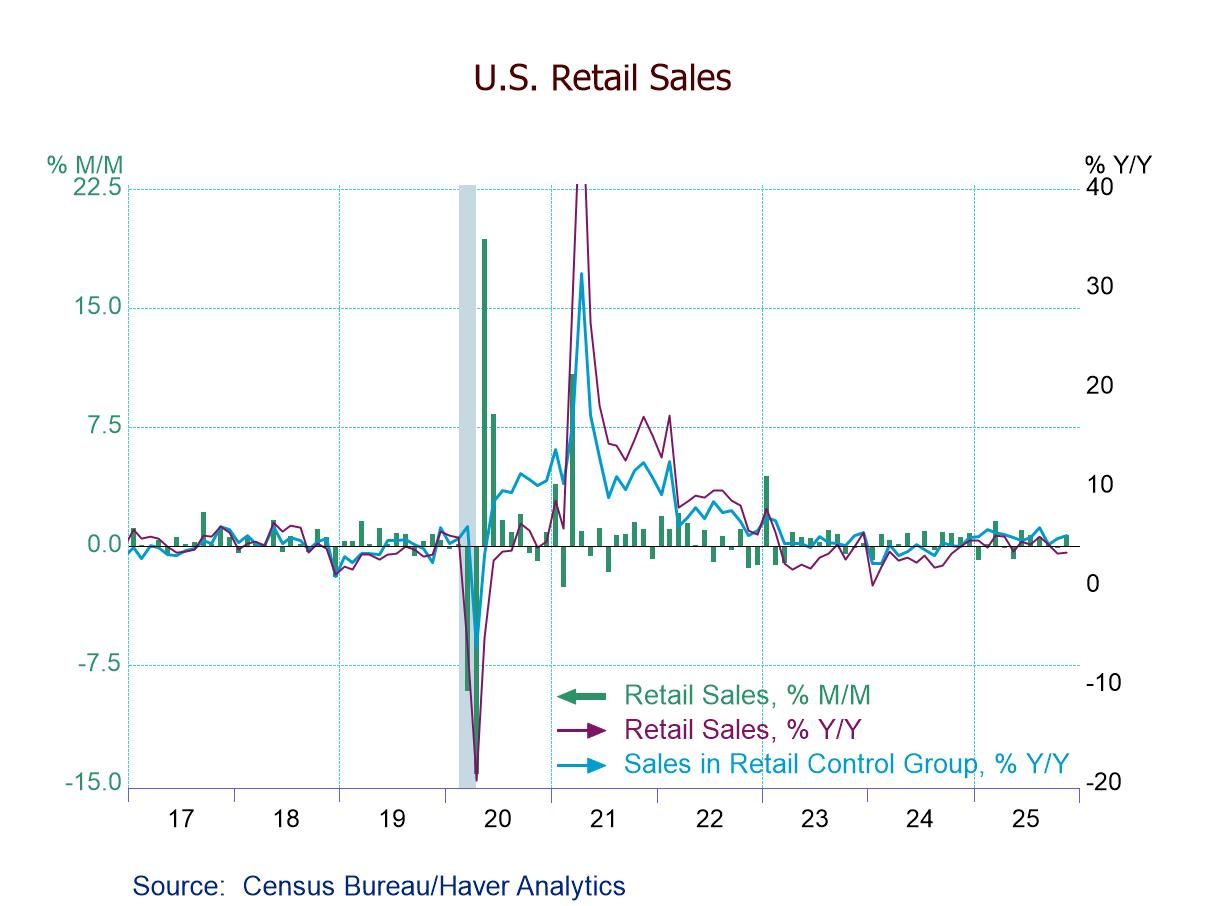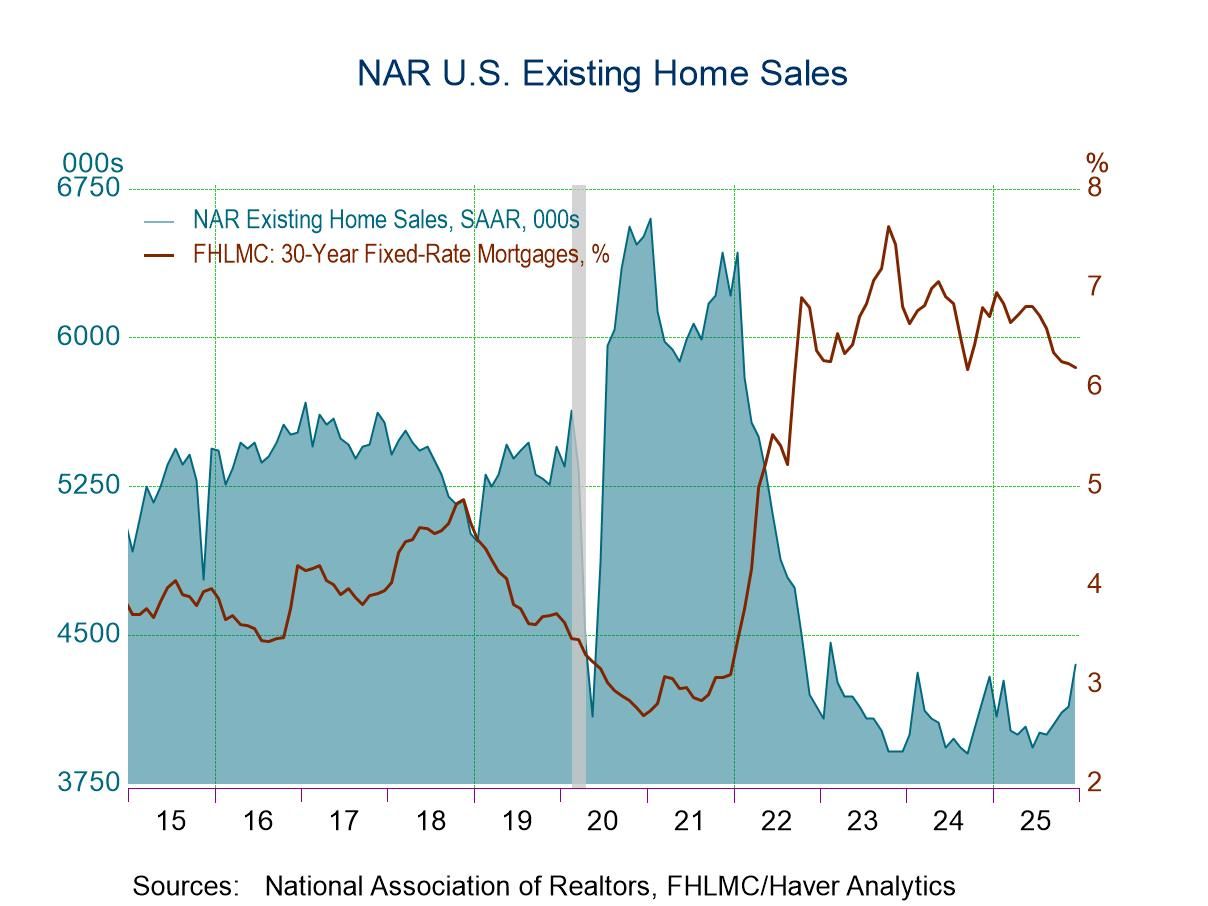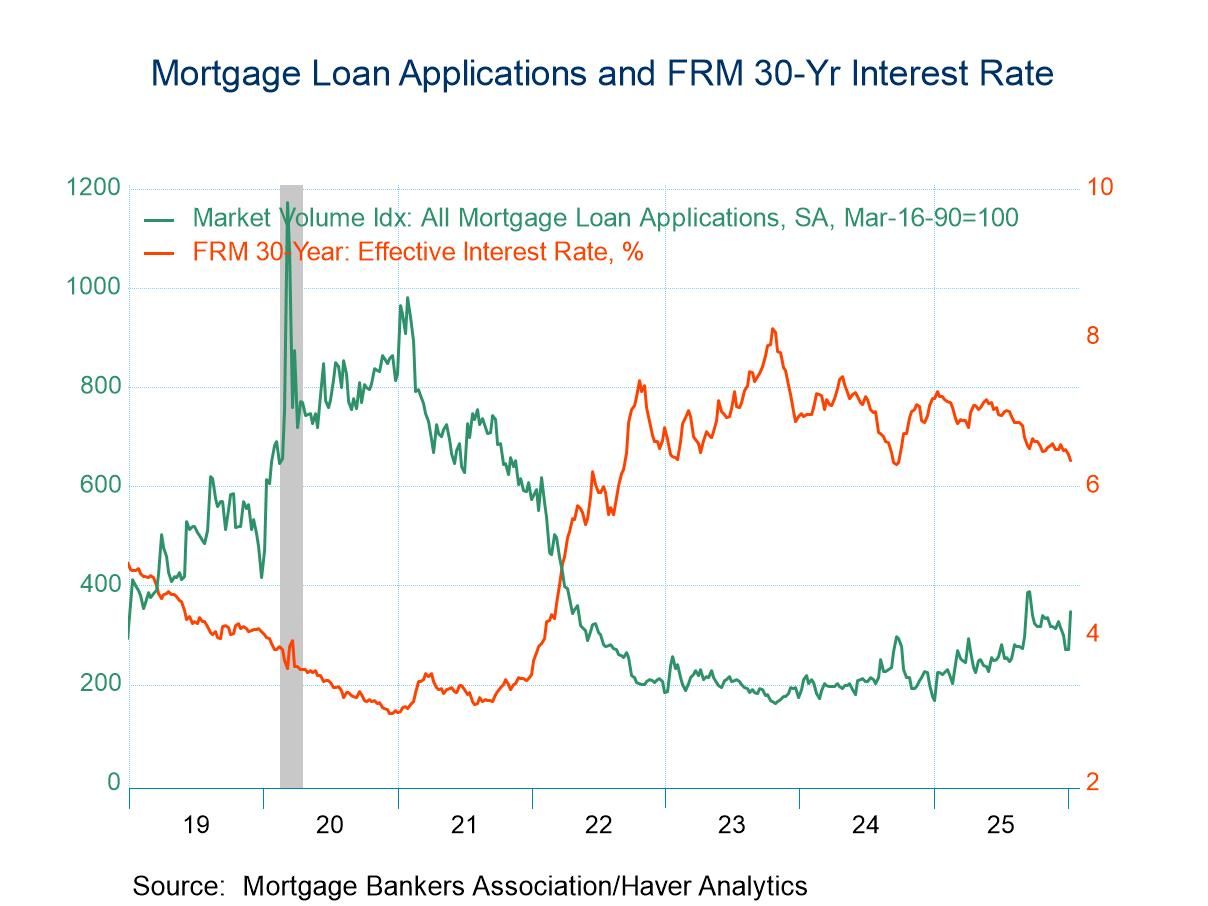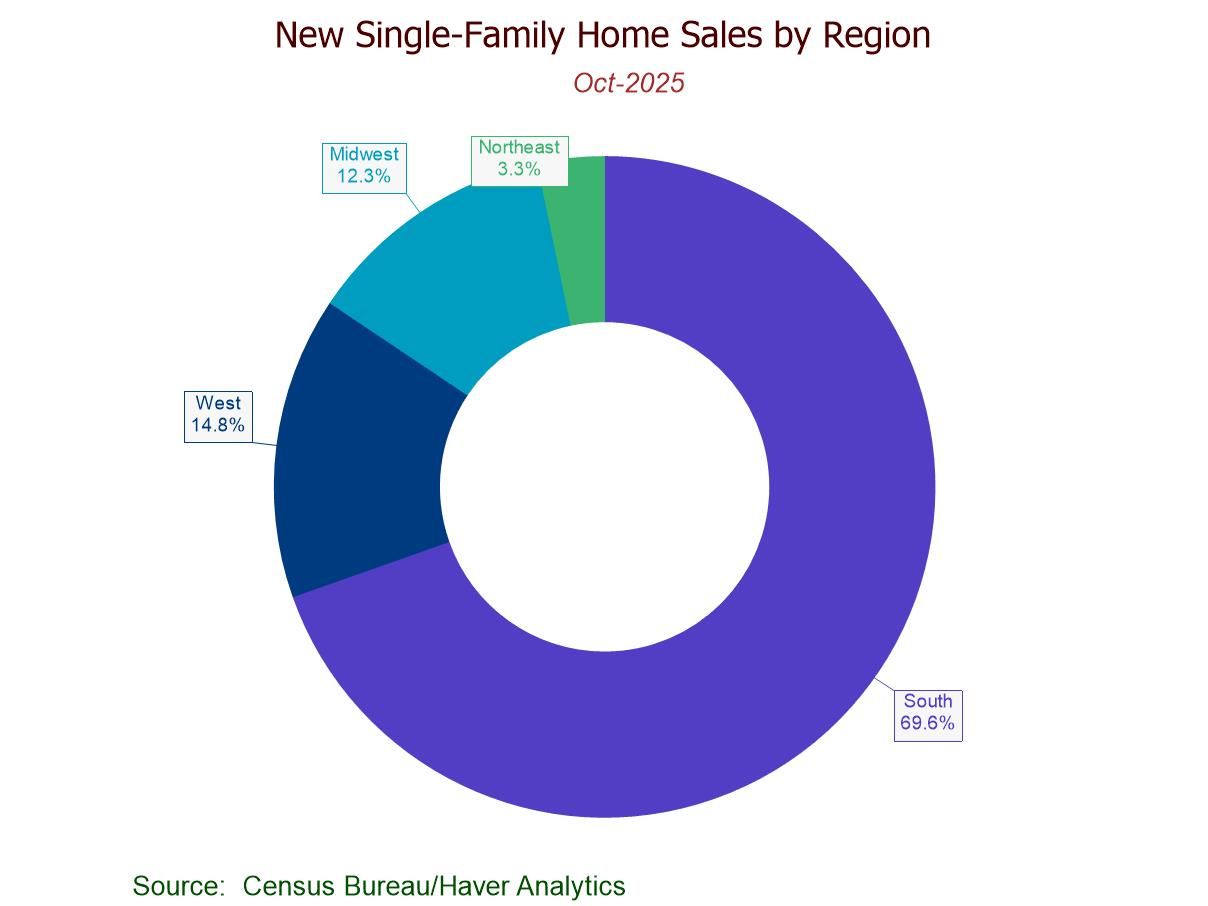Japan’s CPI Rises by 0.6% as the Year-on-Year Rise Ascends to 3.4%
Summary
- Japan’s year-over-year CPI accelerated to 3.4% in April from 3.2% in March on a monthly gain of 0.6%. Even with that, Japan's CPI is decelerating as its 12-month gain of 3.4% diminishes to a 2.3% annual rate over 6-months and diminishes again to a 1.2% annual rate over 3-months. The year-on-year headline is getting all the attention in this report, but the sequential decline is worth paying attention to- but how much?

Sequential price trends by CPI category-Unfortunately, the sequential decline does not get a lot of support among the components of the CPI. Housing costs rise 1.2% over 12-months and then decelerate to +0.8% annual rate gains over 3-months and 6-months; that's the only category where inflation is steadily decelerating. Elsewhere…food and beverage prices are accelerating, costs for education are accelerating, medical care costs are accelerating, reading and recreation costs are accelerating as well. The rest of the categories have trends that are indeterminate.
Japan’s over-arching inflation progression- Japan's headline and core inflation rates had been steadily heading lower until the last few months. The core rate is not yet available for this month…but it's year-over-year pace in March ticked up to 2.3% from 2.1% in February. The 3-month inflation rate on the core has moved up to 3.6% in March from 2.4% in February. For the headline, there's an increase in inflation in April compared to March by just two tenths of a percentage point annualized. On balance inflation has ‘suddenly’ (but moderately) stopped behaving. This twist is new, and may not be lasting, still, it is present in the US as well as in Japan- two very different economies as well as in France and the UK. Core inflation on the EMU HICP measure is sequentially still accelerating…
Globally inflation falls- Inflation has fallen sharply just about everywhere globally, from its extremely high peak paces which differ geographically. But after falling, the hint of slowing the deceleration truly is bad news. At the same time monetary policy officials everywhere have been less than aggressive in going after inflation employing the view that inflation will come down by itself. And, of course, it will come down...somewhat. The sticking point in the word ‘somewhat.’ It is far from clear that inflation will come down the 2% everyone targets – but many people still think this dynamic is in place.
...but viewed with suspicion- The BOJ views inflation suspiciously and is wary of shifting policy decisively to knock it down on the strong view that Japan-style inflation is temporary after its long fight to eliminate deflation and deflation risk. That response seems rational. But, in the US, the reluctance of the Fed to recognize inflation, then to call it temporary, and to wait a full year after it escalated to act, makes its embrace of a soft-landing and of an auto-pilot return-to-normal dynamic seem foolish.
A need for action not just hope- The benefits of low inflation have been clear. But that environment has not changed. The impact from low prices in China and other places is no longer as strong. The tilt to green energy makes energy more expensive in several different ways. And inflation is already high, a new problem central bankers must wrestle. Central banks need to do and say things that convince investors and other economic agents that THEY will make 2% inflation come true, not that they will sit back and wait for it to happen by itself.
The new global environment- The global environment has changed. Its risk trade-offs have shifted, as well. Inflation is higher- even in Japan- that is quite notable. Japan is restarting nuclear facilities to gain some control over energy prices- another sign that the authorities in Japan see more upside to inflation risk ahead. This is an upside that the West (other G-7 countries) is simply ignoring or denying. Japan is not the problem; it is an example of a different point of view on inflation risk with an activist response employing energy policy to make fundamental supply side gains instead of using monetary policy to fend off perennial global supply-demand effects on domestic variables that the BOJ holds dear. The problem lies elsewhere not in Japan. The US, in particular, has not connected policies and policy consequences. In the meantime, even Europe is getting a bit fed up with the US extremism over climate change actions. At some point choices are going to have to be made. Current policies seem to be on a collision course with reality. Reality always bites. "Man" can live on forecasts for only so long.

Robert Brusca
AuthorMore in Author Profile »Robert A. Brusca is Chief Economist of Fact and Opinion Economics, a consulting firm he founded in Manhattan. He has been an economist on Wall Street for over 25 years. He has visited central banking and large institutional clients in over 30 countries in his career as an economist. Mr. Brusca was a Divisional Research Chief at the Federal Reserve Bank of NY (Chief of the International Financial markets Division), a Fed Watcher at Irving Trust and Chief Economist at Nikko Securities International. He is widely quoted and appears in various media. Mr. Brusca holds an MA and Ph.D. in economics from Michigan State University and a BA in Economics from the University of Michigan. His research pursues his strong interests in non aligned policy economics as well as international economics. FAO Economics’ research targets investors to assist them in making better investment decisions in stocks, bonds and in a variety of international assets. The company does not manage money and has no conflicts in giving economic advice.






